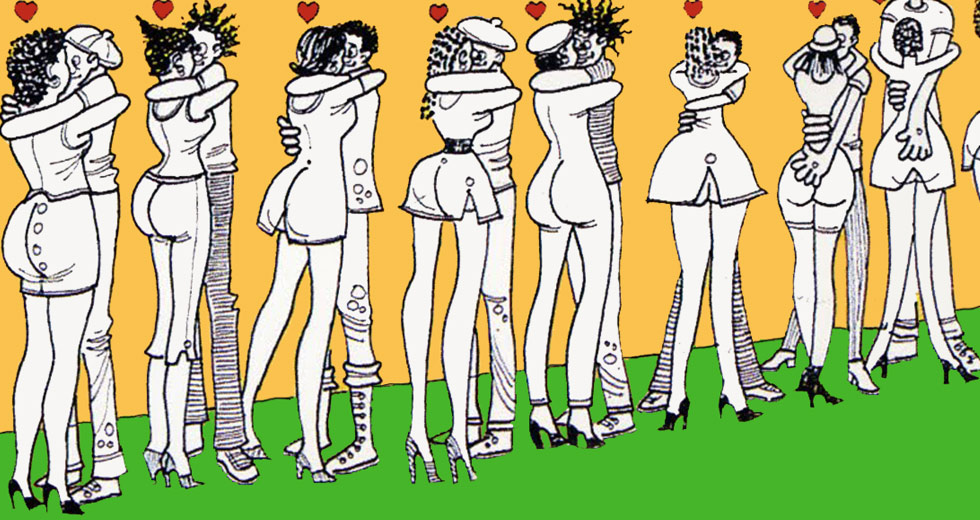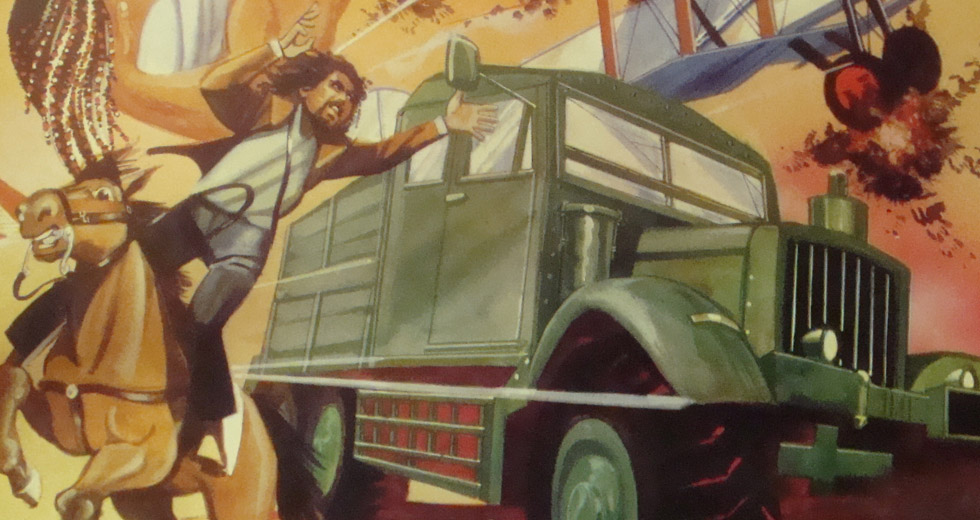System Clash: Stone Love Movement
In celebration of the ongoing, global Red Bull Music Academy Culture Clash series, we asked noted reggae writers to weigh in with their pick for the best sound system of all-time in a series of articles we’re calling “System Clash.” Here, Eddie Stats explains why Stone Love Movement is the finest.
Number one has always been a tough spot when it comes to soundclash culture. Pioneers like Duke Reid and Downbeat the Ruler laid the foundation in the late ’50s, while King Tubbys introduced the all-important dub versions. But looking back over the various eras and decades of Jamaican music, one soundsystem stands out as the sound that changed everything: Stone Love Movement.
Founded by ex-policeman Winston “Wee Pow” Powell in 1973 in the area of Torrington Lane, Stone Love was known first as an “uptown sound,” which played more soul and disco than reggae, and more often in the country than the garrisons of Kingston. But the addition of Rory – a young selector of East Indian descent, changed their profile in the late 1980s.
The somewhat schizophrenic approach eventually became a signature sound.
“In the ’80s Stone Love was three people: Wee Pow, Rory and Cancer,” explains dancehall historian (and contributing editor to LargeUp.com) Sherman Escoffery, who worked on Stone Love’s first official release on Jamaican label November Records. “They used to play this nightclub called Tropics and the greatness of Stone Love was: three selectors, three completely different personalities and three different crowds. Rory was the bashment selector that came on like 1, 2 in the night. But before that you had Wee Pow and Cancer playing ’60s music and American R&B.”
The somewhat schizophrenic approach eventually became a signature sound; dancehall “juggling” that incorporated the beat-matching of club and hip hop DJs, smooth radio jock patter instead of more war-like yelling on the mic and dubplate specials rather than live artists. Veteran dancehall deejay Welton Irie explains the effect in Beth Lesser’s book Rub A Dub Style:
“Since they had never had a live deejay with the crew, Stone Love compensated by playing deejay records and specials... [Rory, the selector] didn’t talk much, just play music and when him did play reggae now, him had the Admiral Bailey dubplates, the Shabbas [Ranks] and all of those. Him would play the vocal, like he would be doing a Frankie Paul vocal, and he would mix in a special with Admiral Bailey pon it and that would get the crowd going wild. The soul sounds now would play a little disco, a little soul, two Admiral Bailey [records], two Shabba on dubplate – juggling, that’s what they call it. Stone Love became the master for that, with Rory [the selector]. He eventually change everything. Everybody wanted now to play like Stone Love.”
“Stone Love revolutionized dub plates,” Escoffery expands. “They made dub plate a vehicle for specials (unique one-off recordings from a hot artist). Before it was just a thing to have and live artists were the draw; Killamanjaro had Ninjaman, Creation had Papa San. But Stone Love changed all that. You had to have dub plates.”
This effect was so pronounced that some older dancehall fans accuse Stone Love of killing the live element of the dances and putting deejays out of work. But whatever they took from the culture, Stone Love repaid tenfold. “Stone Love was the first soundsystem to actually record the song and then cut the dub,” says Escoffery. “Other sounds went straight to dub, so if the artist made a mistake on the song? That went on the dub. Stone Love refined that and recorded the song first and then cut to dub.”
That meant that complex arrangements were possible, not to mention combination tunes with the most in-demand deejays and singers (Johnny Osbourne, Sanchez, Wayne Wonder and Buju Banton among others) trading verses on one dub. And when Stone Love voiced artists on dubplates – and eventually their own productions – they favored riddims with the melodic feel of Wee Pow’s beloved “Big People Music”; soul, rocksteady and lovers rock. In fact, some of the biggest – and most lasting – dancehall hits of the early ’90s started life as Stone Love dubs.
Stone Love revolutionized dub plates.
Stone Love turned their shortcomings into assets in the all-important arena of speakerboxes as well. When it comes to soundsystems, size matters. In Jamaica, any mobile sound that wants to be taken seriously can be expected to attach “Hi-Power” (or even “Nuclear Power”) to their name. The legacy of Stone Love however could best be summed up as “Smart Power.”
“Stone Love won a soundclash one year with King Jammys and a couple other sound in the National Stadium, “ recalls Escoffery. “What happened was Stone Love came with one column of (speaker) boxes, in the center of the stadium. And most of these other guys didn’t understand acoustics. They had boxes around the stadium and what happened was, the sounds was bouncing off each other. You hear the same sound three times, because they came like, mega huge. Stone Love came with a small sound, right in the middle, and won the clash.”
Their reputation for “clean” sound was down to sound engineer Winston Samuels, who brought tricks from his previous job as a furniture maker and developed an ability to “string up sound” in any situation under Wee Pow’s tutelage.
Having bridged uptown and downtown Kingston, Stone Love also turned dancehall logic on its head by franchising their system. Wee Pow invested in a second set of speakers which traveled the island in a Leyland truck while the original, under Samuels’ care, moved in the “pretty truck” with the Stone Love heart-and-arrow logo on the side, along with the faces of the star selectors emblazoned alongside it. By the end of the ’90s, Stone Love had franchises in New York and London as well, solidifying their supremacy and making them the only sound that could play three different dances in three different cities – on three different continents. The first truly global soundsystem; Stone Love Movement.

